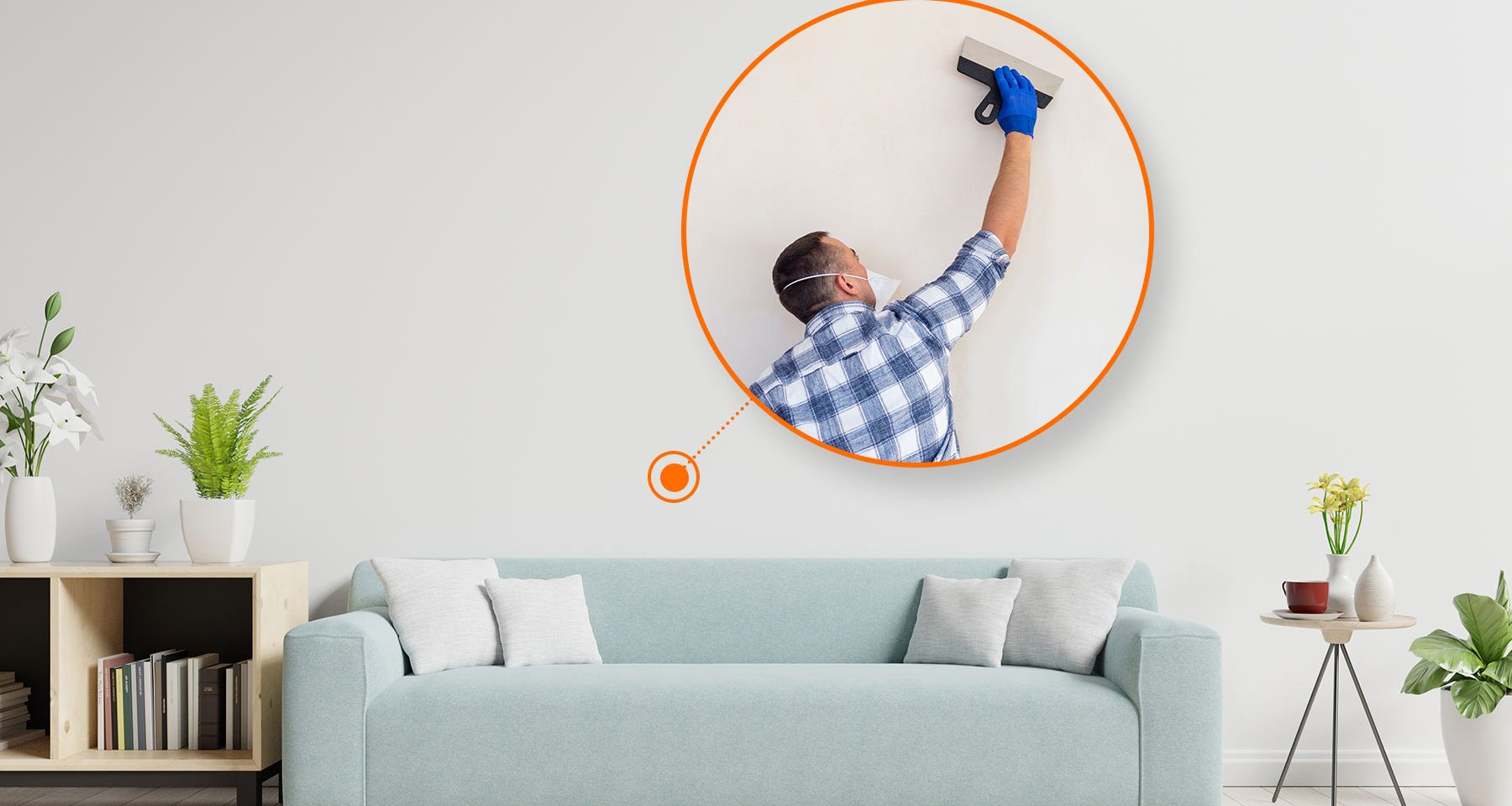What is the best way to apply Wall putty?
Wall putty is a cementitious substance, which helps to even out the surface and flourish the paint. It is also very effective in protecting from seepage and moisture trouble. It is most likely the texture of clay and provides a smoother surface for paints. Some of the major benefits of wall putty are, excellent abrasion resistance, good working ability, resists the growth of algae and fungi on the wall, low maintenance cost, nontoxic, well suitable for all types of paints, and good binding properties. There are two types of wall putty, Acrylic and white cement based on polymer and other additives that help your walls shine and remain damp free.
Trimurti is one of the maestros in the wall putty business with decades-long experience and here is our guide to the best way of using wall putty:
- First and foremost the one thing that you need to do is to ensure your health and safety. Before getting on with the work you need to put on gloves and a mask along with the eyewear to protect from any dust particles going into your body and creating problems.
- Beginning to apply wall putty on an old wall you first need to ensure that you remove all traces of dust, oil paints, old wallpaper, grease, and stains and clear the wall. Clean the surface with the help of sandpaper and take off all the flakes and bumps and remove loose chips you can also dry brush the wall to ensure it is all gone.
- If there is any algae or fungi growing on the wall, remove it with a wire brush or water and dry clean the surface again with a cloth.
- Once your wall putty paste is ready then check for any cracks, dents, hole, or uneven surface on the wall and fills that with putty to even out the surface.
- Mix two parts of water and one part of Trimurti wall putty and stir it up till it mixes well and gets smooth. It should be neither much thick nor thin to lose up quickly. Makes sure that you do not mix too much putty at a time but only that you can use in the next two hours otherwise it will get hard to work with that. The dry mix putty is suitable for indoor and outdoor application on plaster or concrete walls whereas pre-mixed putty is an acrylic-based putty that is mostly recommended for interior use only.
- Now when the wall is ready apply the first premier coat on the wall. Make sure that it goes out smooth and covers all the area. Even if you’re not going to add putty to the whole wall, you may want to premier the entire area before repainting it. This will help the patched areas to blend in better, and will also aid in paint adhesion.
- Here comes the main work. Now take a scoop of putty on a small towel blade and put it on the big towel blade and apply it to the wall. Spread out the glob of putty along the blade of the large trowel so that it reaches nearly from end to end.
- Press the towel blade hard and scrape it straight up to the wall. Slowly and gradually spread the putty along the whole wall and even it out with the help of towel blades.
- Let the putty dry for 16-24 hours and apply another coat of putty to make it more durable and let it dry as well. Voila! Your wall is now ready to paint.




